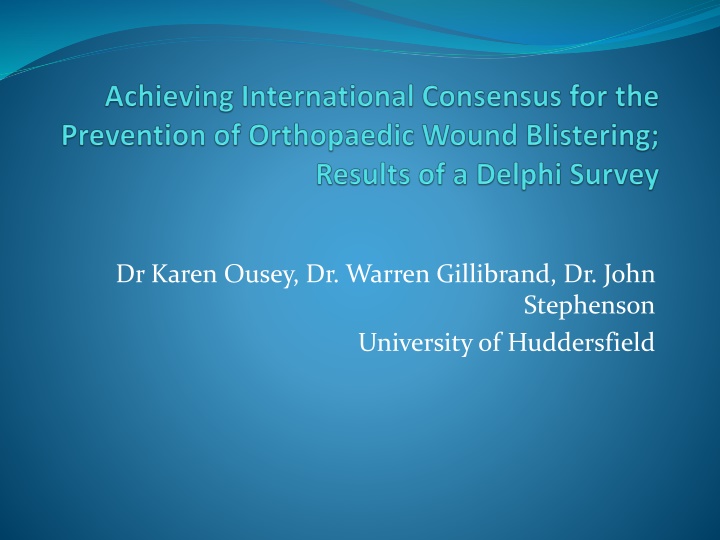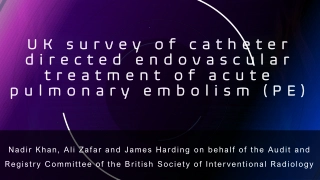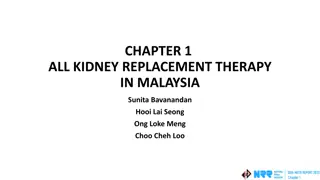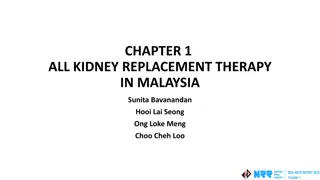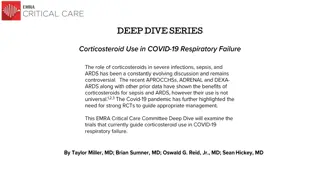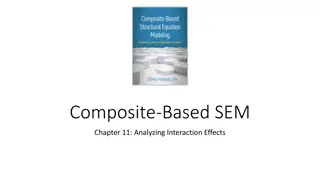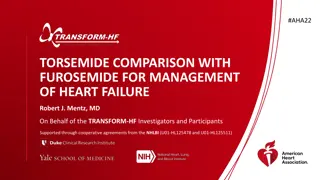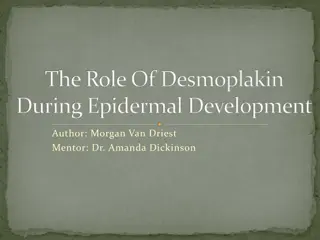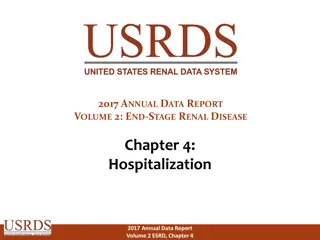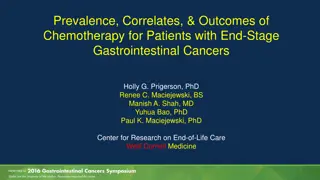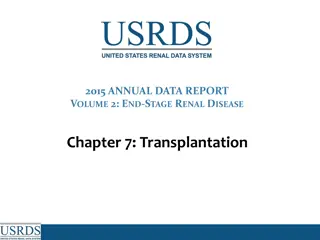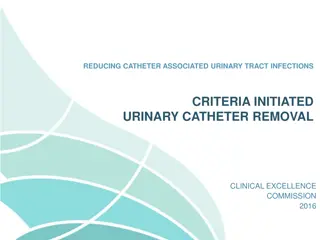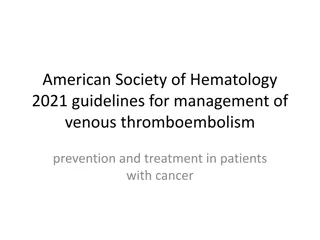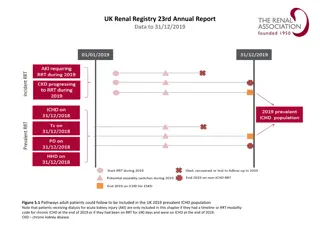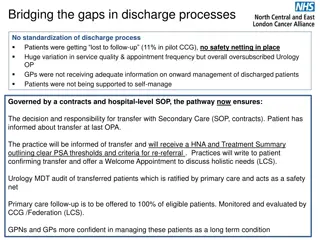Effects of Blistering in Hospitalized Patients
Blistering in hospitalized patients can lead to prolonged stays, increased costs, higher infection risks, and adverse morbidity/mortality rates. Literature reviews, causes, best practices, and a Delphi survey involving orthopaedic professionals shed light on the prevalence, impacts, and factors influencing wound blistering. Key findings, such as varying incidence rates and lack of consistent treatment guidelines, highlight the need for further research and standardized protocols in managing this issue.
Download Presentation

Please find below an Image/Link to download the presentation.
The content on the website is provided AS IS for your information and personal use only. It may not be sold, licensed, or shared on other websites without obtaining consent from the author.If you encounter any issues during the download, it is possible that the publisher has removed the file from their server.
You are allowed to download the files provided on this website for personal or commercial use, subject to the condition that they are used lawfully. All files are the property of their respective owners.
The content on the website is provided AS IS for your information and personal use only. It may not be sold, licensed, or shared on other websites without obtaining consent from the author.
E N D
Presentation Transcript
Dr Karen Ousey, Dr. Warren Gillibrand, Dr. John Stephenson University of Huddersfield
Acknowledgments Thanks to Molnlycke Healthcare for providing a non restrictive educational grant All respondents to the Delphi
Effects of Blistering In patient stays in hospital could be lengthened Costs increase Risk of infection Morbidity/ mortality rates can be adversely affected
Searching the literature A standard systematic search of the literature returned 137 articles related to wounds and healing Cochrane Library; MEDLINE (1950 to June 2011); EMBASE (1974 to June 2011); CINAHL (1982 to June 2011)
Literature Review Key words Wound blistering Orthopaedics Post operative Blind, two person peer review of the abstracts 9 identified to have direct relevance to wound blisters and prevention and/or treatment
What Did The Literature Say? Polatsch et al.(2004) retrospective audit from patient s case notes, who had undergone surgery for hip fracture Their incidence of tape-related blisters was 21.4% Jester et al (2000) - audit of knee and hip arthroplastypatients A prevalence of 13% for post-operative blisters Gupta et al (2002) examined 100 post-operative hip and knee surgery patients Established incidence of blisters at approximately 20%.
Causes of Wound Blistering Movement of the wound site Choice of dressing Tape use Age Gender Type of incision Medications Co-morbidity (Tustanowski, 2009)
Best Practice Collins (2011): no consistency in the treatment and dressing of post-operative orthopaedic wounds no one particular set of guidelines or dressing choice applicable
Delphi Group Purposive sample Orthopaedic nurses TVNs Orthopaedic consultants 17 participants were invited from England, Wales, Ireland, Scotland, Scandinavia, India, Australia and the USA 17 people invited 13 agreed to be involved.
Results of Delphi The mean proportion of wound blistering across all institutions was 15.5% (range 1 - 55%) Literature search 13% - 24%
Consequences of wound blistering (out of 60) Characteristic Score Choiceof dressings is important 56 Post-operative blistering is aproblem 48 Post-operative blistering leads to longer hospital 46 stays Blistering main reason for nurse to visit patient on 34 discharge Blistering leads towound infection 36 Blistering leads to increased pain 52 Blistering associated with macerated skin 45 Blistering associated with reduced mobility 41
What are the characteristics of an ideal wound dressing? Ability to conform to the wound Easy to apply Allow for swelling Easy to remove Minimise pain on removal
Dressings Used Wound dressing Proportion of total use Mepilex 49.3% Tegaderm 21.5% Mepore 0.4% Opsite 26.0% Aquacel 2.8%
Who should assess the wound and prescribe appropriate dressings? 4 respondents - nursing staff 2 respondents - doctor or surgeon. 3 respondents - doctor/surgeon or a member of the nursing staff. 3 respondents did not provide a response to this question.
Choice of dressing during first dressing change 5 respondents - same dressing or a different dressing could be applied. 4 respondents - same dressing would be applied. 1 respondent - different dressing would be applied. 2 respondents did not provide a response to this question.
Conclusions from Delphi The choice of post-operative wound dressing was the most important factor in the prevention of wound blister formation Nursing staff should be the first to assess a wound post- operatively and to choose the appropriate wound dressing The wound dressing should be left intact for as long as possible. An ideal wound dressing to prevent wound blister formation should: conform to the wound, be easy to apply, allow for swelling, be easy to remove and minimise pain on removal 1. 2. 3. 4.
Full Results Ousey, K., Gillibrand, W., Stephenson, J. Achieving international consensus for the prevention of orthopaedic wound blistering: results of a Delphi survey. International Wound Journal 2012; doi: 10.1111/j. 1742-481X.2012.00965x
References Gupta SK, Lee S, Moseley L G (2002) Postoperative wound blistering: is there a link with dressing usage? Journal of Wound Care 11(7): 271 73 Polatsch DB, Baskies MA, et al (2004) Tape blisters that develop after hip fracture surgery: a retrospective series and a review of the literature. American Journal of Orthopaedics 33(9): 452 6 Jester, R., Russell, L., Fell,S. et al. A one hospital study of the effect of wound dressings and other related factors on skin blistering following total hip and knee arthroplasty. J Orthopaedic Nurs 2000; 4: 2, 71-77 Tustanowski J (2009) Effect of dressing choice on outcomes after hip and knee arthroplasty: a literature review. Journal of Wound Care, 18, 11, 449-458
